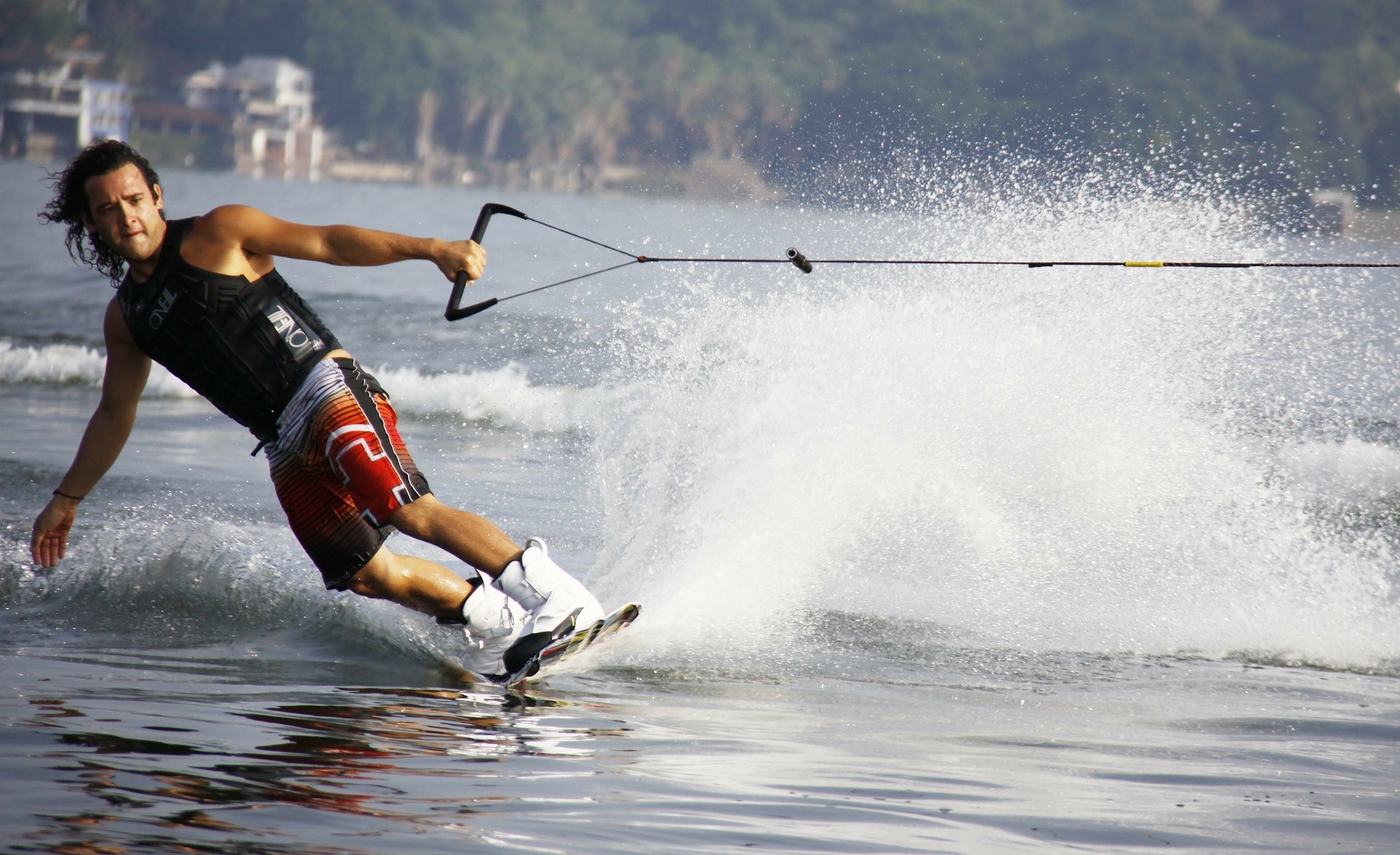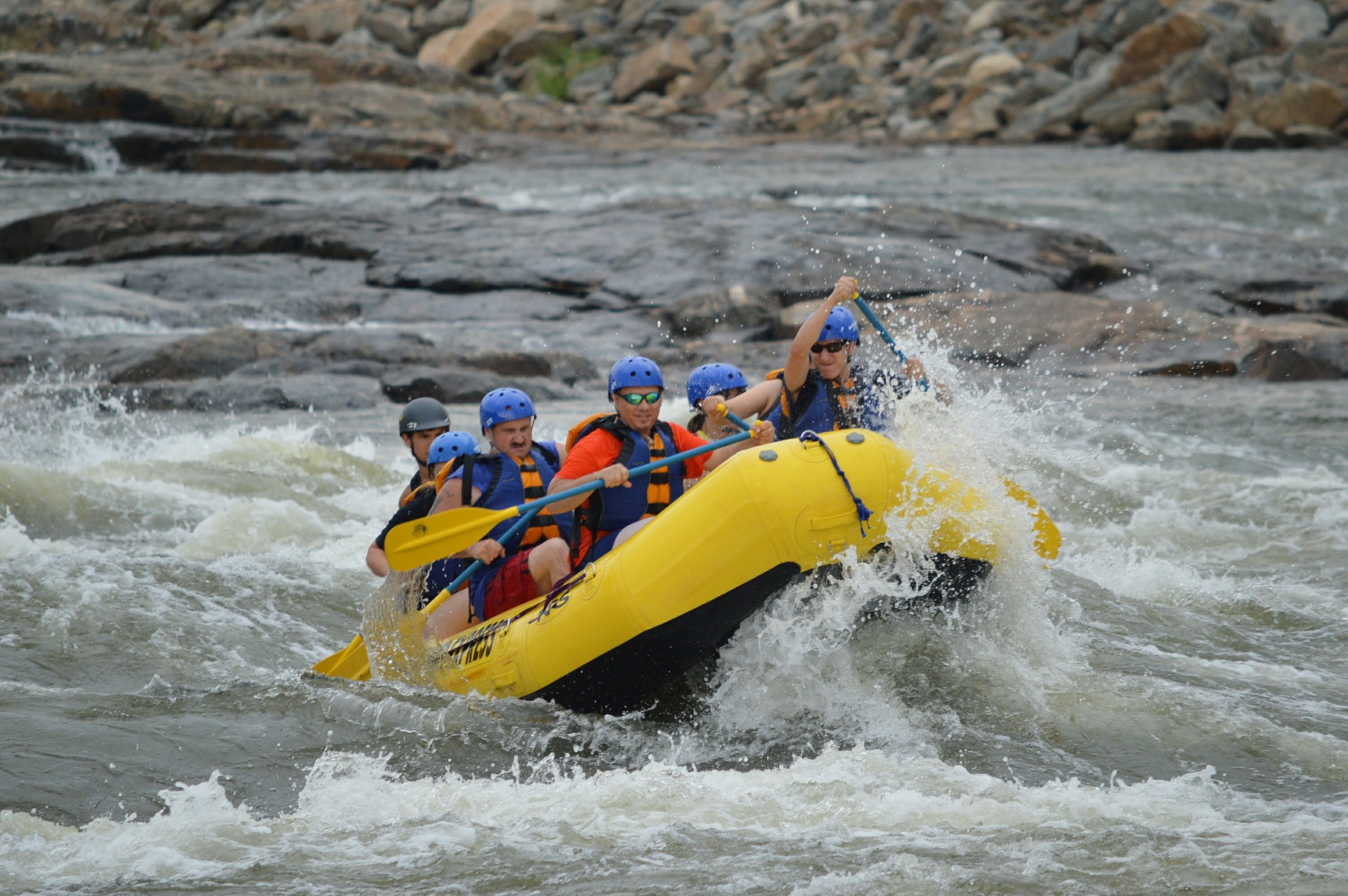Water Sports Injuries | Lemak Health

 |
 |
Water skiing, white water rafting, and wakeboarding are popular sports with high potential for injury due to rapid boat acceleration, lack of protective gear, and waterway obstacles. Ankle injuries are most common for water skiers, while concussions are seen more in wakeboarders.
Water Skiing is Leading Cause of Summertime Water Sports Ankle Injuries
Ankle injuries are common since the skier’s feet are strapped into the bindings on the skis. To prevent ankle injuries, it is important to thoroughly inspect the bindings and make sure all screws and Velcro are in place. Be sure to warm up your ankles with a light jog, jump rope exercises, or balancing on a board. Before and after skiing it is best to stretch and roll out your calves and ankles to maintain flexibility.
Ankle injury treatments can range from simple ankle sprains to more serious injury such as fractures and soft tissue injury. Dr. Kavita Iyengar, Orthopedic Surgeon and Foot and Ankle Specialist at Lemak Health, recommends the RICE Method (Rest, Ice, Compression, and Elevation) to treat a simple sprain or strain.
If not better after a few days, Dr. Iyengar advises seeing a health care professional who may then do a physical exam and get X-rays to check for more serious injury. “If a higher grade injury is seen, physical therapy and support in a brace or boot
Wakeboarders may also suffer from ankle and lower extremity injuries, however, head and neck injuries remain the most common. Head lacerations and concussions occur when a wakeboarder “catches an edge”. Catching an edge causes the wakeboarder to be thrown forcefully into the water, with the impact occurring at the head. Since the head and neck are exposed while wakeboarding, that area is vulnerable to cuts and lacerations during falls.

According to Lemak Health, concussions are a fairly common outcome in wakeboarding, white water rafting and other water sports activities like inner tubing. A lot of people associate concussions with a big hit or forceful impact to the head, but any rapid deceleration of the head can cause a concussion. Water can feel just as hard as concrete when hit while traveling speeds over 15 miles per hour. Wear helmets as an injury prevention mechanism, although it is the rapid deceleration of the head that can cause a concussion.
Concussions are difficult to detect since the majority of the symptoms are self-reported. He recommends seeing a trained professional if you feel dizzy, slowed down, or just not yourself. “Treatment consists mostly of rest but could require vestibular or ocular physical therapy and further diagnostic testing depending on the severity of the concussion.
These tips along with wearing properly fitted life jackets, checking tow ropes, going the correct speed, and knowing all boating rules are key to preventing and treating water skiing and wakeboarding injuries.
If you find yourself in need of care, please call 205-397-5200 to schedule an appointment at a Lemak Health location convenient to you.
